The vast diversity and variety of mushrooms I have discovered in Mexico are stunning and incredible. I found it very impressive that mushrooms were growing and thriving in every corner of the country, from various jungles to higher elevations, mountains, valleys, and even by many surrounding coastlines. Many traditional uses and ways in how they were consumed in the past are still continued to this day. I find the various methods and the different types of mushrooms so fascinating. Here in Mexico, numerous traditional dishes include or even feature mushrooms, while many are used for medicinal purposes and as traditional medicines. The use and practices of these mushrooms have a long history throughout the country and with various native groups living near or in forests.1,2,3 Recipes form part of the cultural patrimony and the traditional knowledge transmitted orally through cultural practices that have endured for many decades.4 Mushrooms play a significant role in different social and cultural traditions; for example, they were eaten as food, used in games, and formed part of various legends. Native communities understand the importance of conserving fungi species and their ecological roles.
Medicinal Properties
Research has found many mushrooms to contain several beneficial properties and potentially treat non-communicable diseases, such as diabetes and cancer.5,6 Mushrooms provide many essential nutrients, including selenium, potassium, riboflavin, niacin, vitamin D, proteins, and fiber.7 In Mexico and the remainder of Mesoamerica, the edible mushroom Ustilago maydis is known as “huitlacoche” also known as corn smut (see photos below). Huitlacoche is considered a smut disease that naturally infected corn fields and has been eaten in Mexico and Latin America since the times of the Aztecs, who named it cuitlacoche.8 Huitlacoche has been found to contain many nutritional components, such as manganese, phosphorus, magnesium, calcium, and a considerable amount of crude protein.8 Although it is considered a pathogen and a destructive disease for maize (Zea mays), it is regarded as a culinary delight and a food alternative for its nutritional and functional characteristics.9
Traditional Dishes
In some cases, common combinations of mushrooms are mixed to create delicious dishes, such as Cantharellus cibarius Fr., Boletus variipes Peck, and Lactarius indigo.10 Many combinations, when consumed together, have a meat-like taste and texture. Lycoperdon perlatum Pers. and L. marginatum are consumed alone or mixed with squash blossoms. Huitlacoche is served in several traditional dishes, such as soups, tacos, and quesadillas, gorditas, tostadas, and could be prepared independently or, in many cases, with eggs.
Sacred Mushrooms
Ceremonial and ritual use of specific mushrooms was unknown to Western cultures until a study from the 1950s with research on entheogenic fungi in various communities in Oaxaca, Mexico by the famed R. Gordon Wasson.11 One of the most famous and well-known cases is with the Mazatec shaman María Sabina who ate mushrooms to “see God” and performed healing ceremonies by ingesting mushrooms.12,13 Etymologically, entheogenic signifies “that which contains God or God within.” The main genera within the entheogenic mushrooms family include Psilocybe, Panaeolus, and Stropharia. Of the Psilocybe genus, which consists of 230 mushroom species, at least 54 are found in Mexico and were used for their hallucinogenic properties by pre-Columbian Mesoamerican cultures.14 These included P. semilanceata, P. mexicana, P. aztecorum (photo below), P. cubensis (photo below), and P. caerulescens. The consumption of entheogenic mushrooms in ritual ceremonies was widespread among Mesoamerican cultures. Religious practices with sacred mushrooms extended from the Valley of Mexico to the rest of Central America and are thought to be at least 3500 years old.14
Conclusion
Although mushrooms are increasingly less used, they still form a substantial part of culinary and traditional medicine; even some are used for ludic and ornamental purposes and as trail markers.15 The understanding of the importance of these organisms and traditional knowledge about them is an essential part of the cultural identity of the native communities and people of Mexico, which all strive to preserve. I believe it is accurate to state that Mexico is an important place of biological and cultural richness and vital traditional knowledge of wild mushrooms.
FURTHER READING: Valverde, M. E., Hernández-Pérez, T., & Paredes-López, O. (2015). Edible mushrooms: improving human health and promoting quality life. International journal of microbiology, 2015, 376387. https://doi.org/10.1155/2015/376387
Photos I have taken around Mexico










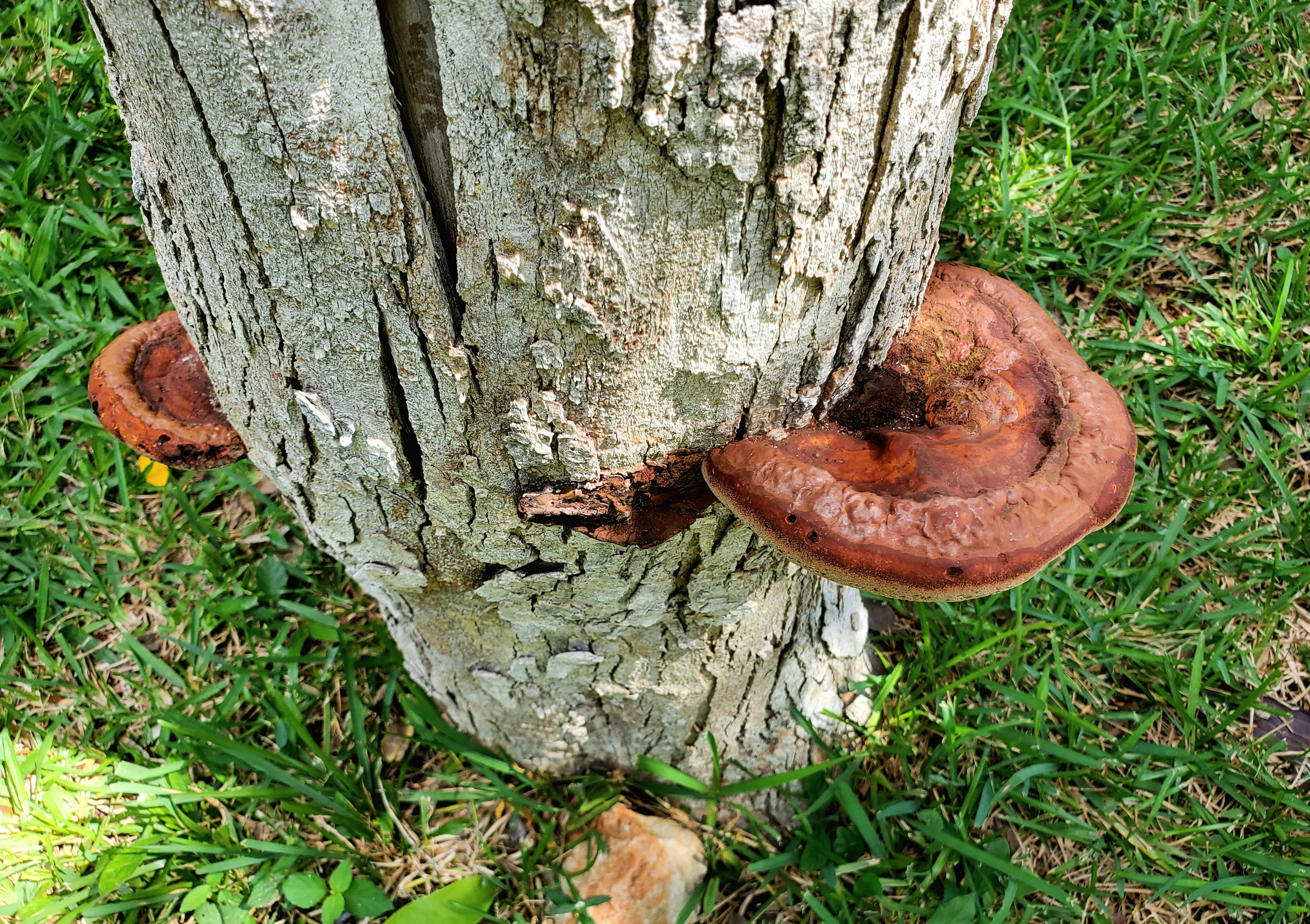



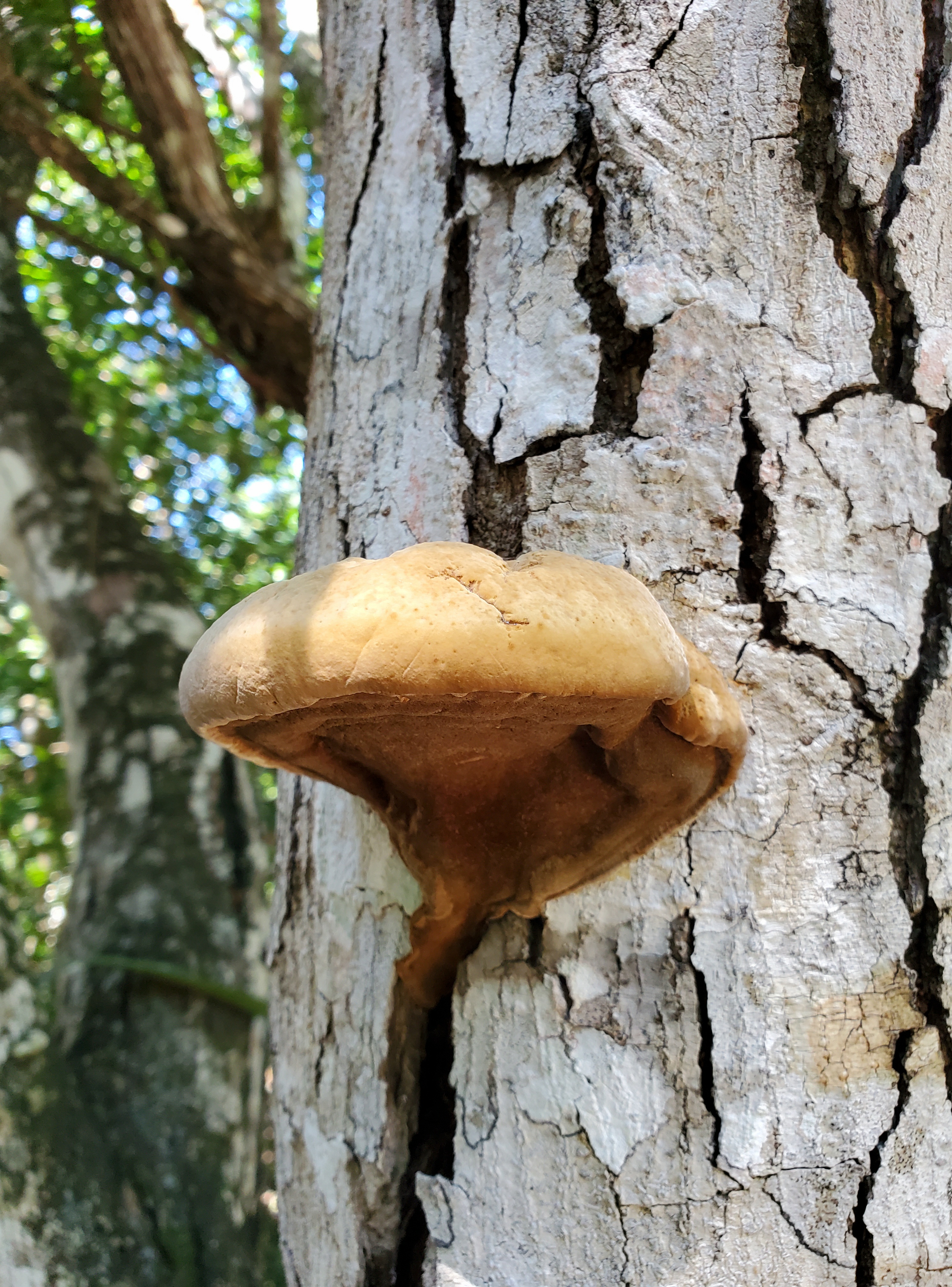
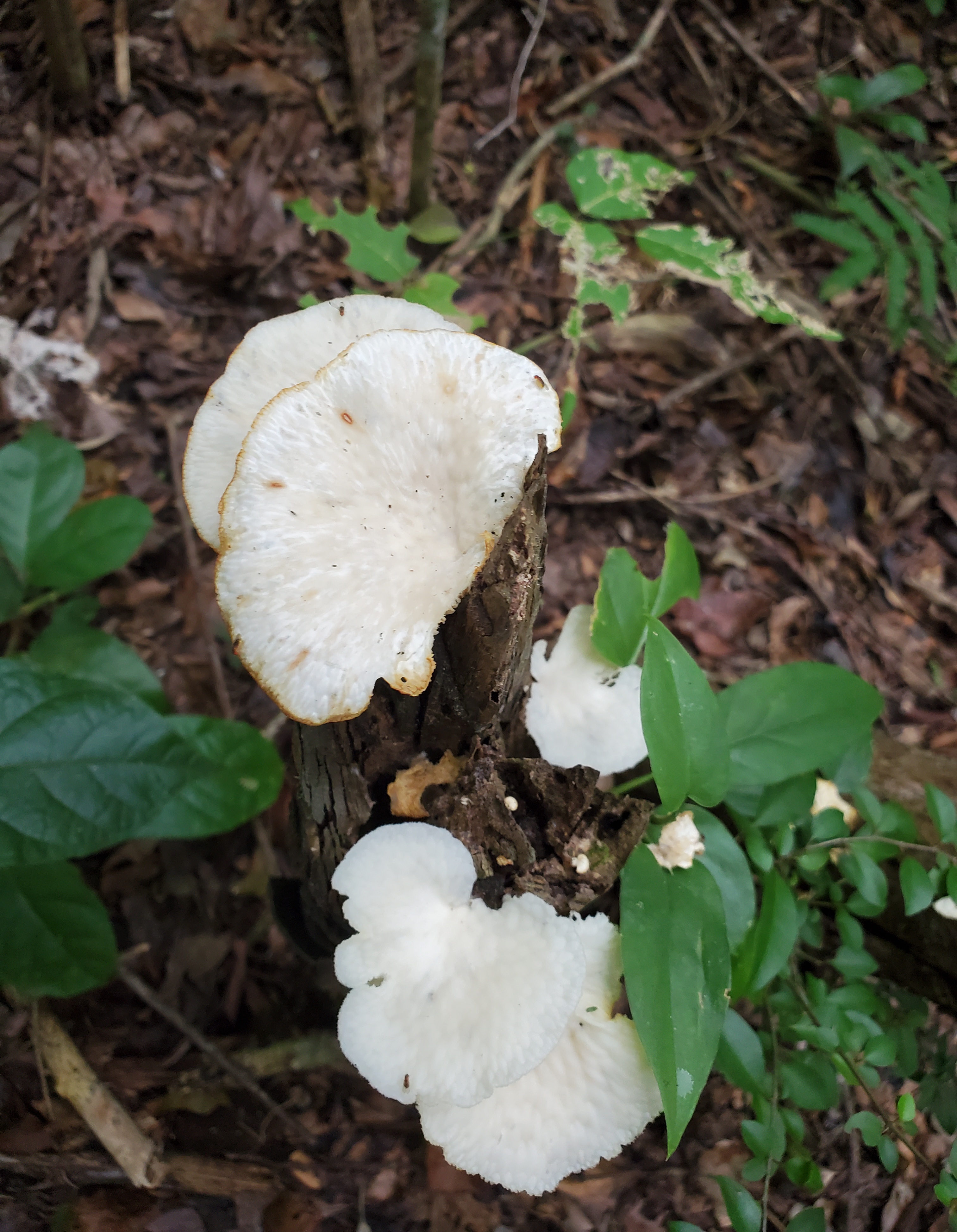



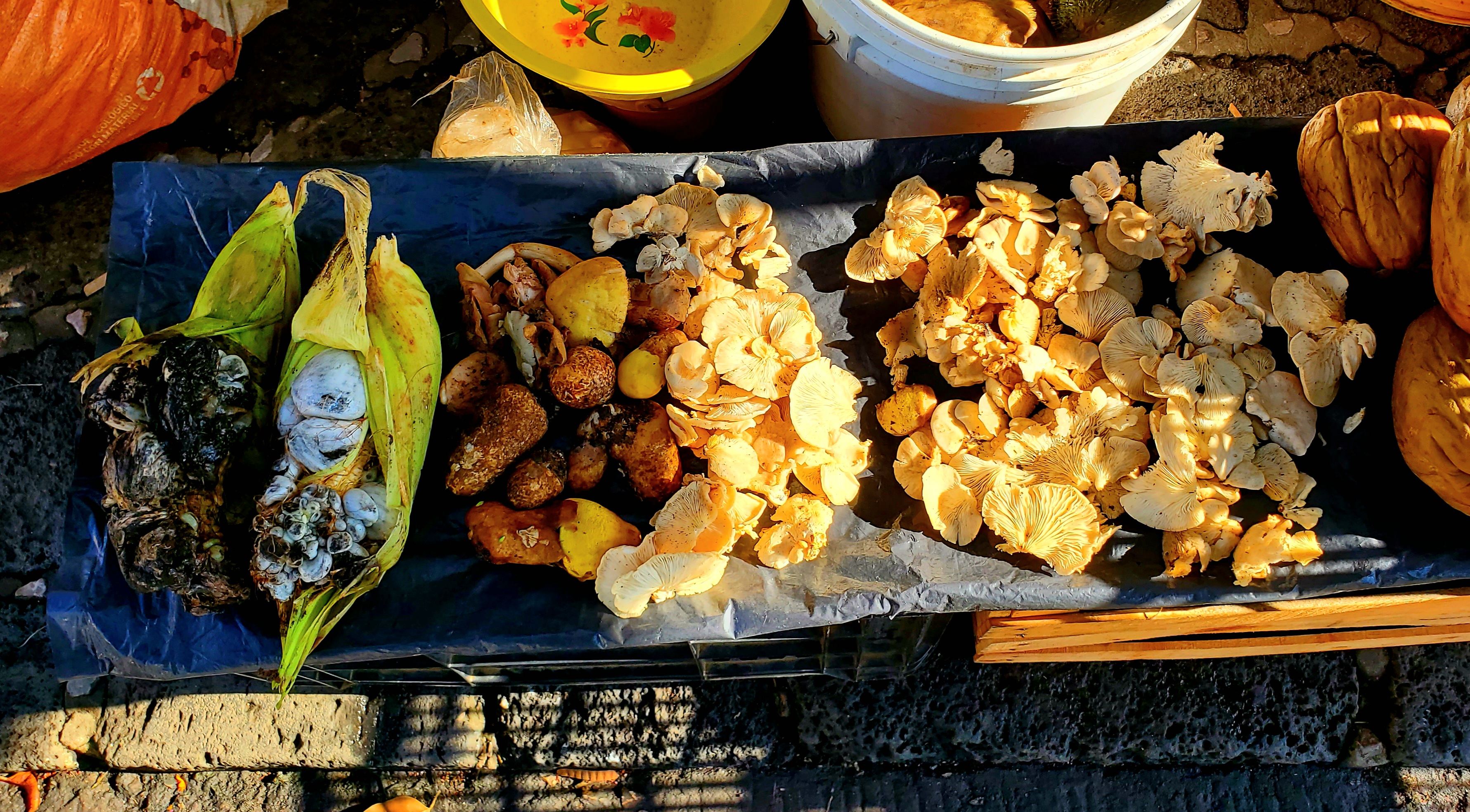














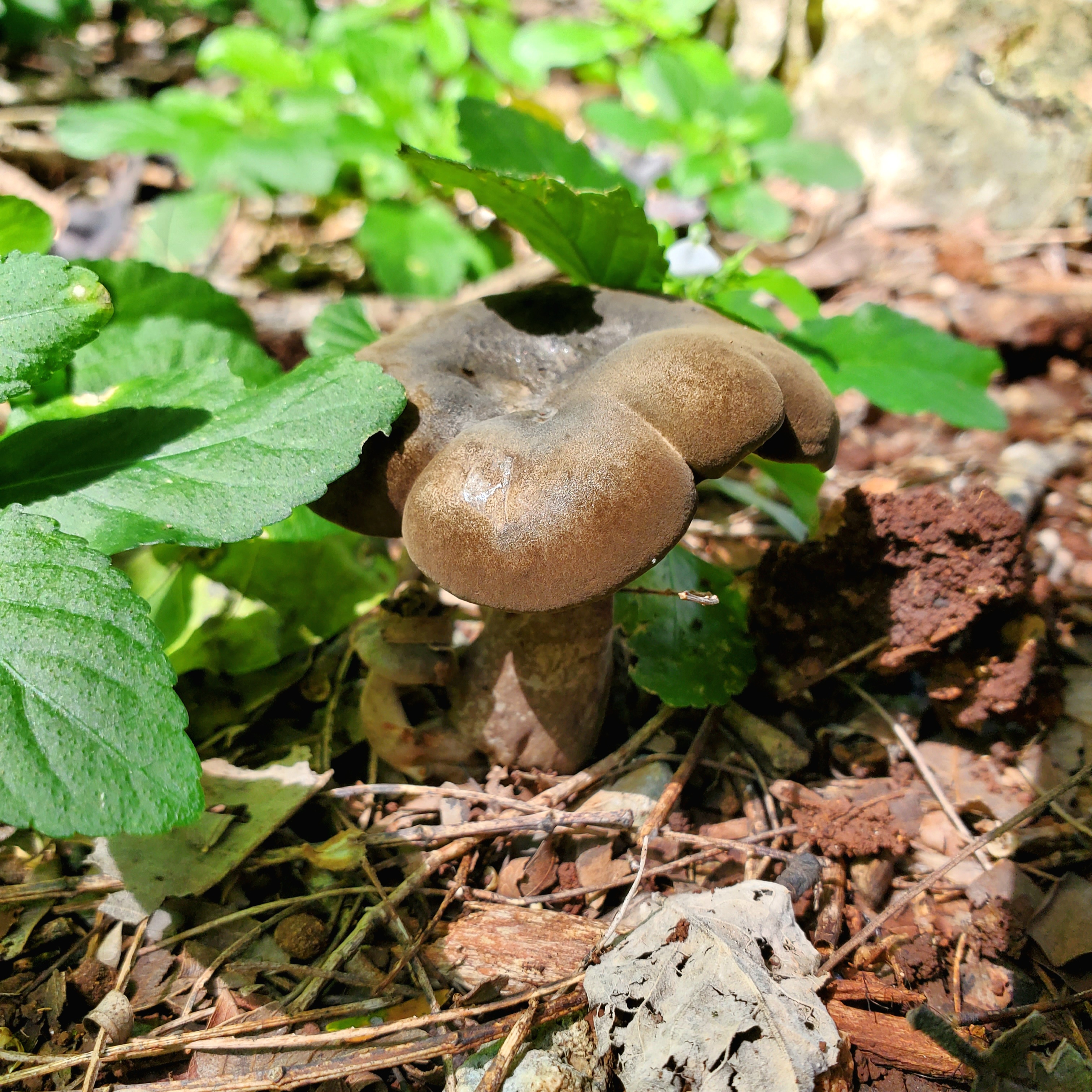



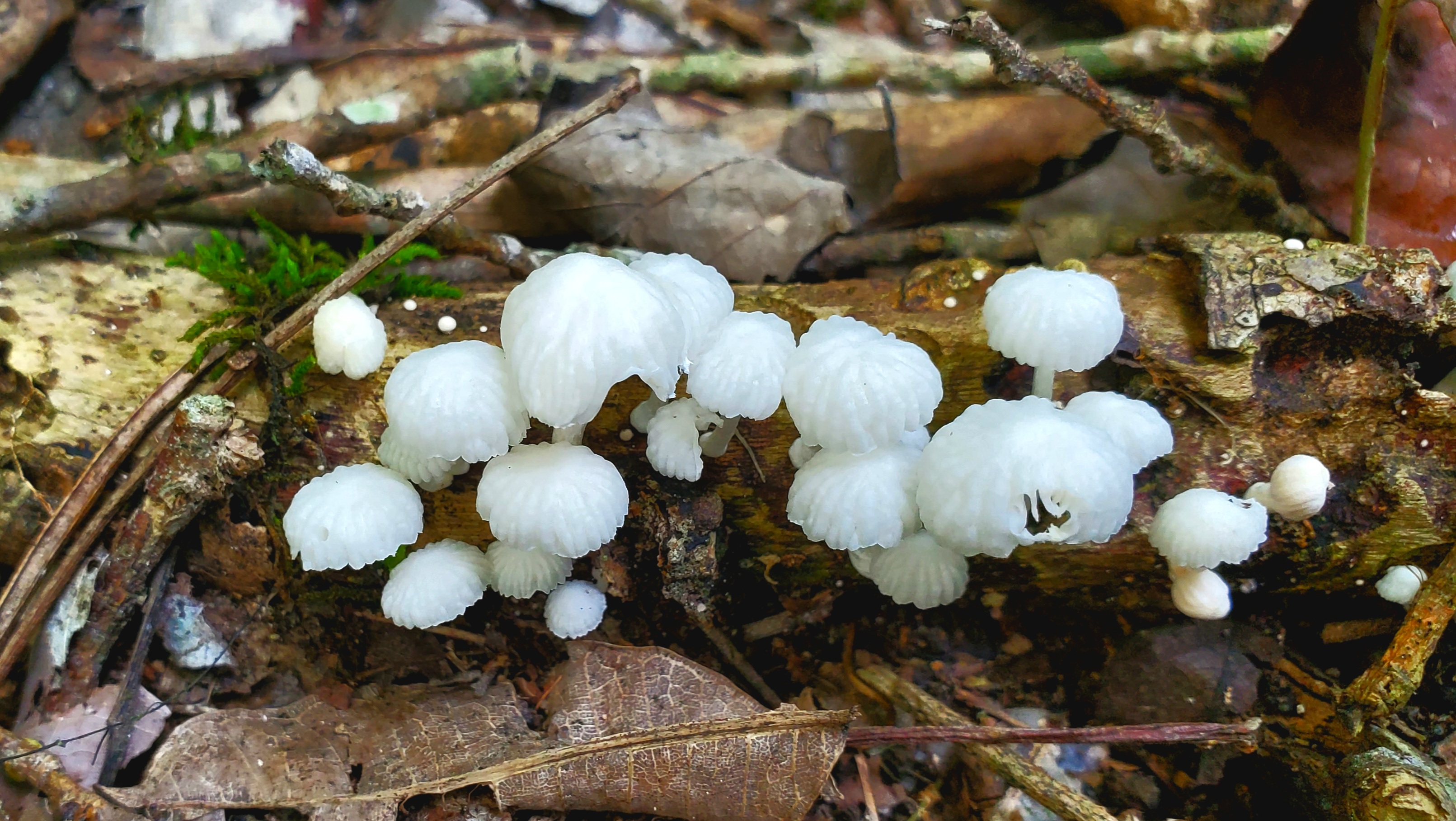







0 Comments